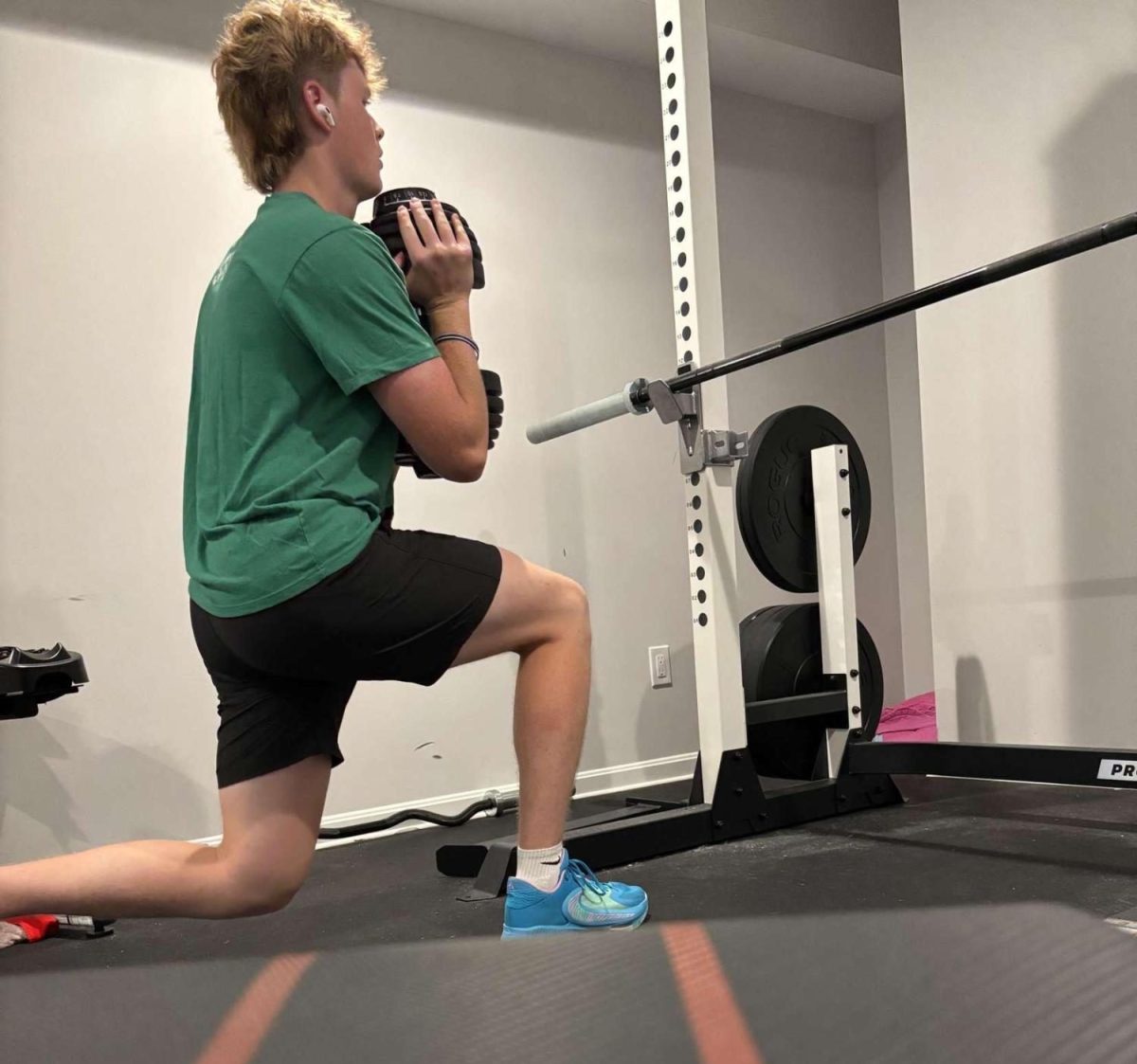Highlighted as one of the hottest sports in the world of sports right now, volleyball has taken storm in growing recognition and popularity worldwide. Volleyball is known for its fast pace and precision in being aware of your surroundings at all times. A regular game of volleyball consists of only six players on the floor at any given time: three in the front row and three in the back row.
Each player on the court has a role; right-side hitter, middle blocker, opposite, setter, libero and outside hitter. One of the most known and important rules that applies to every player on the court is the no-double contact rule. A double contact occurs when a player contacts the ball twice in succession, or the ball contacts various parts of the body successively.
This no-double contact rule has been one of the most crucial aspects of volleyball players try not to violate, as it can be pretty easy to do so. Of the players on the court, setters, the player who sets, or puts the ball up in the air for the opposite or outside hitters, are the main players on the court at risk of violating that rule. Due to the easy nature of breaking this violation, setters spend most of their practice and training with drills to improve their skills.
On Feb. 20, this would all change. The National Collegiate Athletic Association (NCAA) officially approved a new rule allowing women’s volleyball players to come in contact with the ball more than once in a single attempt on a team’s second contact when the ball is played to a teammate.
As members of the WJ girls’ volleyball team and the main setters, senior Gillian Fannon and junior Sophia Silberfeld express their reactions and views on this rule change. Fannon has been the setter for the girl’s volleyball team for the past 4 years, perfecting her setting skills, a crucial component in scoring points on the court.
“Honestly I feel like it’s kind of pointless because at that high of a level they’re not going to take players that double the ball. Setting takes a lot of practice and doubling the ball isn’t that hard and I feel like it’ll take away from the setters who put in more work to not mess up,” Fannon said.
Silberfeld comes to a similar agreement. Alongside Fannon, Silberfeld has contributed with her skills as a setter for the team.
“As a setter you work for so many years to not have the ball spin, and I feel like implementing this rule undermines the amount of effort that you’ve put in for all these years. It makes it easier to become a setter when in the past it wasn’t that easy of a position,” Silberfeld said.
Aside from the rule implementation itself, Fannon and Silberfeld discuss how this rule only affects women’s volleyball and not men’s volleyball.
“Honestly, it’s kind of sexist like there’s not really a point why they’d want to implement this rule to make women’s volleyball more competitive while already thinking men’s volleyball is competitive enough,” Fannon said.
Silberfeld adds her own comments about this matter as well.
“I feel like if they’re going to change it for women they should change it for men too. One group shouldn’t have to be affected by the rule while the other group plays it as normal,” Silberfeld said.
According to the official website of the NCAA, this topic has been debated “thoroughly” before the approval and would result in a more “entertaining play for both players and fans alike.















